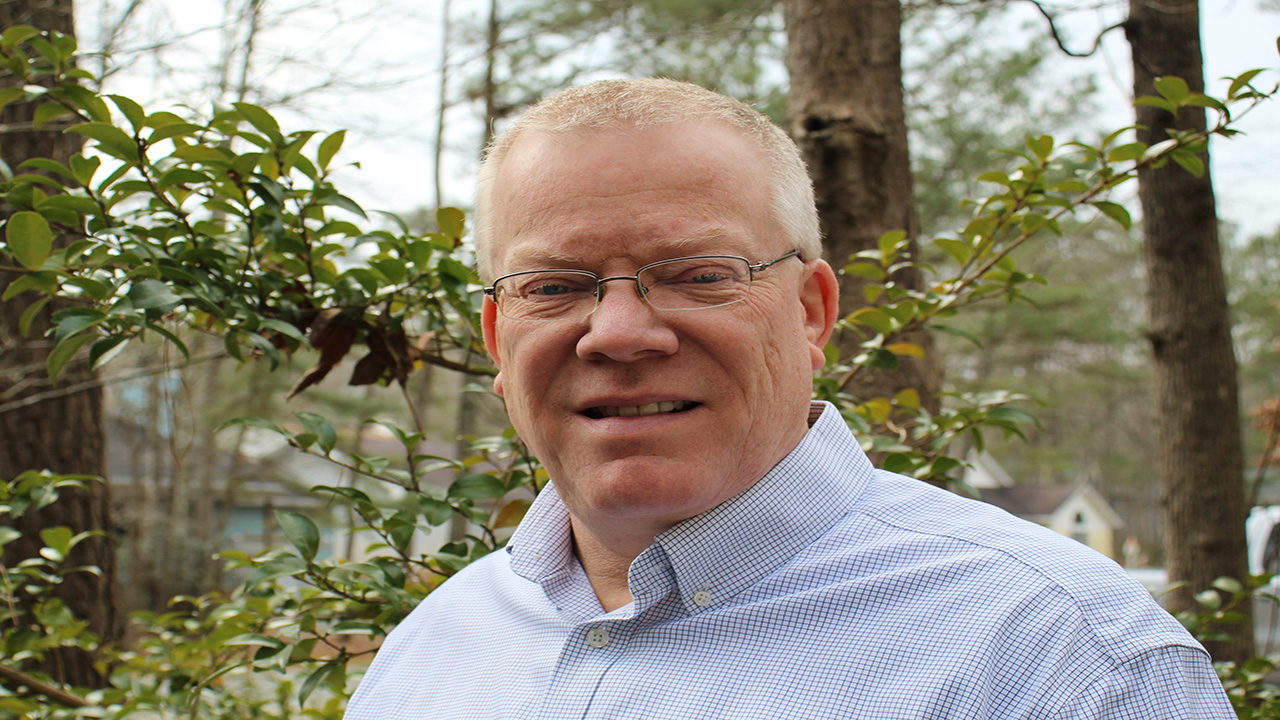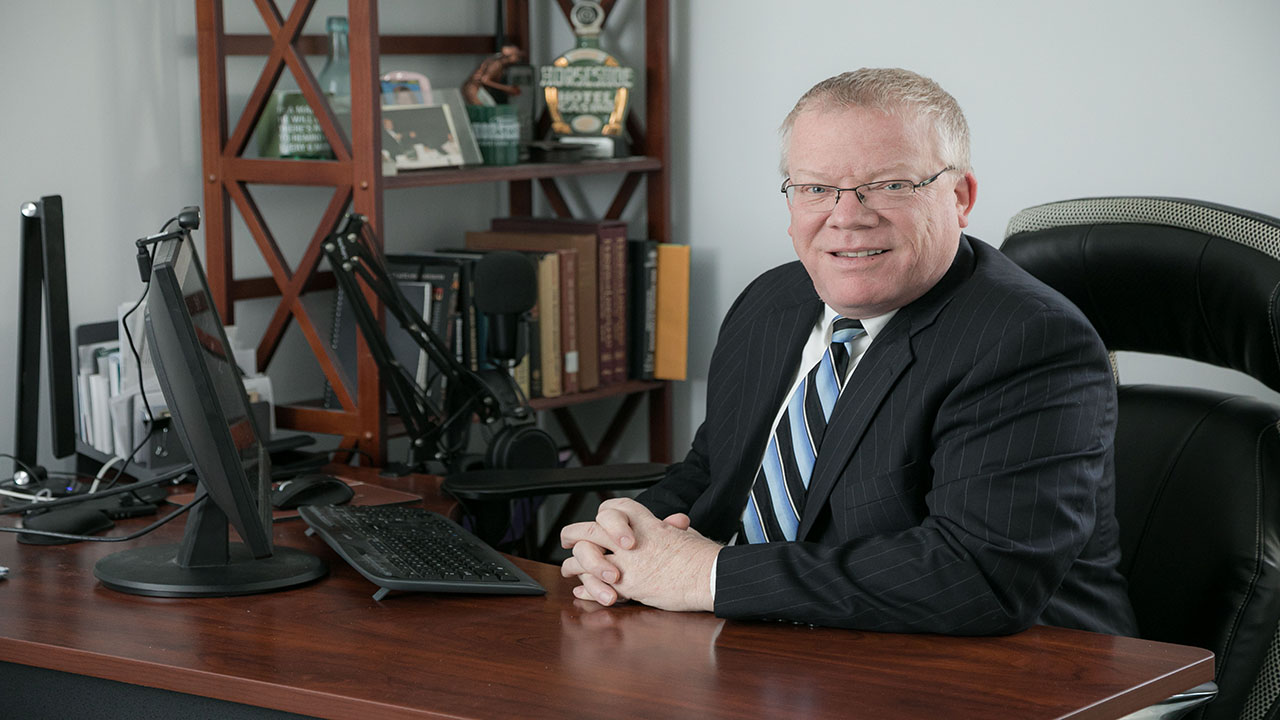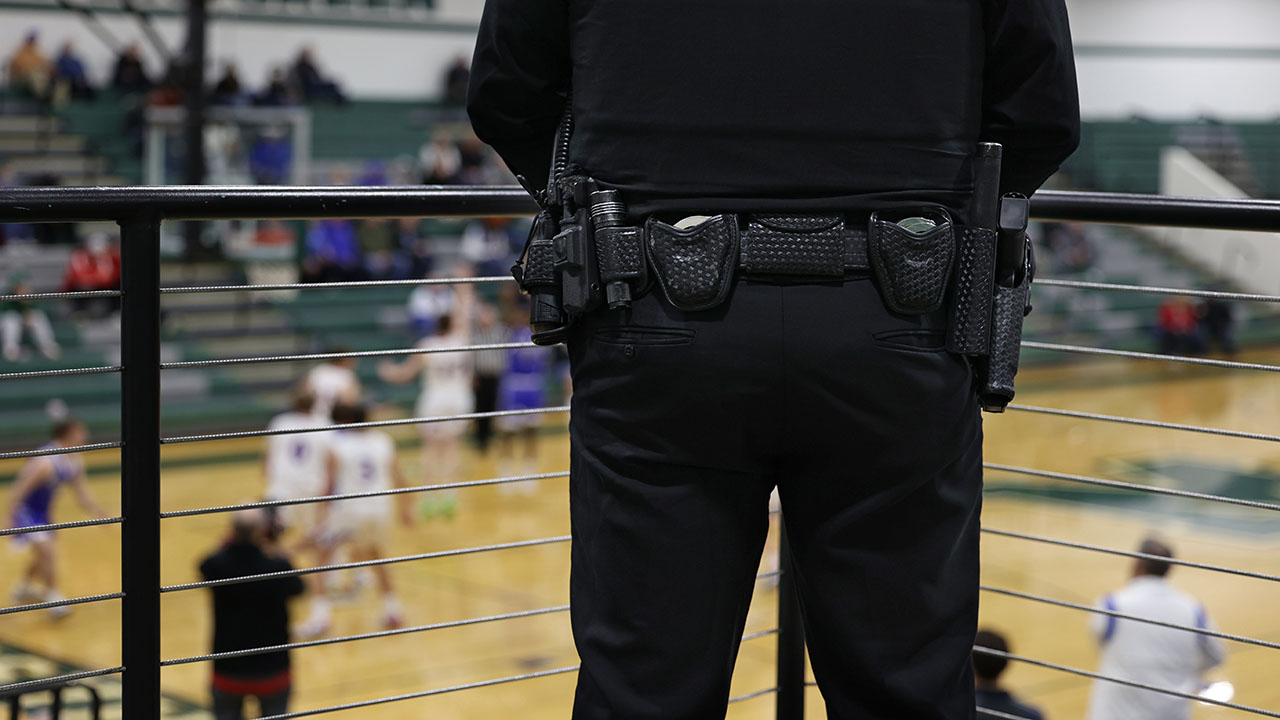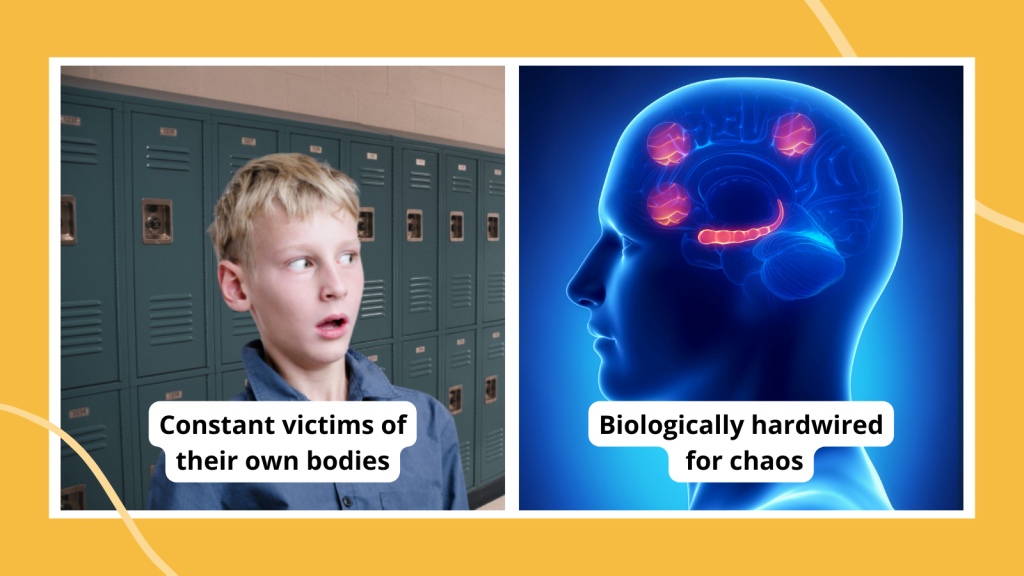
What Does It Actually Mean for Schools to Be Public?
Over years of covering school finance, I keep running up against one nagging question: Does the way we pay for public schools inherently contradict what we understand the goal of public education to be?
For that matter, what do we want it to be? “Open and welcoming to all, committed to providing a quality education to everyone,” wrote one educator in a recent EdWeek Research Center survey. “Something that is supported by everyone and helps or benefits everyone,” wrote another. “The foundation of our modern society,” according to a third.
With more frequency in recent years, however, state lawmakers have directed significant sums of money not exclusively to the greatest education needs of the public school system we’ve established—fixing crumbling school buildings, closing massive academic-achievement gaps along racial and socioeconomic lines, providing services to vulnerable students with disabilities and English-learners—but also to private schools or to parents for private decisionmaking on the educational options they choose for their children.
These funding developments—both recent and long-standing—test the very premise of what our public education system is. And the longer they persist, the further away we move from resolving the contradictions of a publicly funded system that falls short of being fully public.
Educators broadly agree on the importance of public education. Close to 9 in 10 who answered the recent EdWeek Research Center survey said they agree that public schools are essential to a functioning democracy. The vast majority of those educators said they “completely agree.”
But the notion of a universally held belief that public education is “supported by everyone and helps or benefits everyone”—while valid and noble—is also incorrect, at least judging by the arc of American history. Until the 1950s, Black students could be lawfully prevented from going to school with their white peers, and de facto segregation has persisted and worsened since, in some instances. It wasn’t until the 1970s that Congress passed a law requiring equal educational opportunities for all students with disabilities, regardless of the cost of providing those services—costs the nation’s schools still struggle to manage.
Meanwhile, the public school system we currently have is tightly intertwined with private interests. In recent decades, many states have authorized private companies—largely nonprofits as well as some for-profit corporations—to establish charter schools that receive public money but are privately operated. Curriculum companies dominate the lucrative market for textbooks. Wealthy investors hold the keys to schools’ capacity to fund long-term construction and renovation projects. And private foundations have poured money into public schools to help shape curriculum approaches, teacher-evaluation policies, and technology innovations.
About This Project
This story is part of a special project called Big Ideas in which EdWeek reporters ask hard questions about K-12 education’s biggest challenges and offer insights based on their extensive coverage and expertise.
With the debate over the parameters of public schooling raging in state legislatures, at school board meetings, on social media, and in classrooms themselves, there’s rarely been a more crucial time to define what a truly public school system should look like—and what it would take to get there.
That work might be painful, and it certainly won’t be done by the end of this essay. It’s also intertwined with complex political realities and the inevitably slow pace of altering a massive bureaucracy. The willingness of the American public to pay higher taxes for more robust public goods is often limited. And the sprawling bureaucracy of America’s public schools—13,000 independent districts, 100,000 school buildings, 80,000 local school board members, 50 state systems for funding and administration—won’t transform overnight.
It’s difficult to interrogate a beleaguered institution that’s so omnipresent, said David Backer, an associate professor of education at West Chester University who’s writing a book about fighting privatization in public schools: “It’s the ground that everyone’s standing on.”
This, of course, makes change all the more complex: If you can’t see the full picture of the American education system, how can you address the cracks in its foundation?
School finance, policy, and history are complicated and difficult for even the most studious academics to parse. But striving to answer these questions is essential, Backer and other scholars say. Only then can we have a more informed debate about whether the current American education system undermines its public bona fides—or has the capacity to live up to them.
Who gets to benefit?
Horace Mann, widely regarded as the founder of the modern American public school, saw the institution as a crucial tool for strengthening democracy and eliminating harmful class distinctions—”a great equalizer” and “a balance-wheel of the social machinery.”
Still, the question of who belongs in that institution and who gets to benefit from it has been fraught since the Civil War. During the Reconstruction era of the late 1800s, communities of Black Americans formed schools that served adults alongside children, helping educate newly freed enslaved people and laying the foundation for the first statewide public school systems in the South.
But many of those school buildings burned amid racist political backlash against the increasing political agency of Black Americans. Particularly in the South, “many white people understood public schools as sites that they were entitled to as white people because they saw themselves as the only true taxpayers,” said Esther Cyna, an associate professor of U.S. history and society at the Université de Versailles Saint-Quentin-en-Yvelines, Paris-Saclay in France who has extensively studied the history of school funding and racial segregation in North Carolina.
That mindset bled into the public perception of the purpose of school, said David Labaree, a historian of education at Stanford University who’s written extensively about the shifting definition of “public schools” in America. Over the last century of industrialization, he said, expectations for schools from public officials and parents alike have been increasingly centered on their ability to help individual students achieve professional success and scale the socioeconomic ladder.
In turn, people with means choose where to live based on the “quality” of the local schools, Labaree argues. Those districts can raise plentiful tax revenue even by charging their wealthy residents low rates. Districts with schools perceived as lower quality have to either impose high taxes on their poor residents or forgo much in the way of local revenue altogether.
These patterns turn into cycles, fueling segregation and widening gaps between poor and wealthy districts that have been the subject of numerous lawsuits in recent years. Nearly every state has faced legal action from parents and advocacy groups arguing that students are being deprived of their constitutional right to an adequate education. In many states, judges and courts have affirmed those allegations and ordered states to make changes.
The public school system we currently have is tightly intertwined with private interests.
The philosophical shift public schools have undergone during this same period is visible in education policy and practice: in the explosion of workforce partnerships between local companies and school districts; in the thriving industry and policy apparatus fueling standardized testing and school ratings and rankings; and in the proliferation of publicly funded and privately operated charter schools.
“Public schools are constantly being ranked, constantly being measured, constantly being tested for quality, with the kind of general feeling that they’re a lower quality than their private alternatives or that they’re decreasing in quality over time,” Cyna said. This drives the widening divide between those with means who have the financial options to chase what they see as “higher quality” options and those who do not.
How do we define public education?
The first step to changing something is to understand what it currently is—and is not.
But that’s not so easy in this case. Distinctions between public and private education get messy very quickly and have only become more so in recent years.
The question I raised earlier is relevant again: How do we decide what public education is, what a public school is?
Some seemingly obvious features of a public school system don’t currently apply to all the ostensibly public schools in America.
To wit:
Is a school public if it…
… is open to all?
What of public schools that select students based on merit?
… receives government funding?
What of religious schools that receive state-funded vouchers from parents instead of tuition from their own pockets?
… employs workers directly?
What of the thousands of nutrition, mental health, custodial, and even instructional workers in schools who are employed by private companies contracted by districts?
… is governed by elected officials from the surrounding community?
What of charter schools run by nationwide nonprofits or corporations?
… failed to achieve racial desegregation at the scale urged by the U.S. Supreme Court more than half a century ago?
What of a recent study showing the 88,000-student Denver school district is more racially segregated now than it was 50 years ago?
… is funded through taxes on million-dollar homes where many families can’t afford to move?
What of the recent school funding case in Pennsylvania, where a judge ruled that the state, in violation of its constitution, is depriving poor communities of the resources necessary to offer adequate public education to all residents?
… fails to provide needed services to students with disabilities?
What of the recurring spate of lawsuits alleging schools owe students compensatory services after failing to provide them adequate instruction per their individualized education program?
… lacks the resources to provide all students with basic skills in math and reading comprehension?
What of the millions of students scoring below proficient on recent state exams?
A path forward
The question that wraps all the above questions together is: A school may call itself public, be open to the public, but does it serve the public? Does it exclusively, or even primarily, benefit the public?
It’s tempting to get caught up in the latest battle over whether a new policy or state-funded program represents an effort to boost private schools at the expense of public schools.
But that argument can be distracting as well. If something is worth fighting for, shouldn’t you be able to define not just its opponent but the thing itself? Shouldn’t you want it to be the best version of itself?
At their best, public schools can serve as community gathering spaces, both physical and intellectual; as places for the acquisition of a deeper understanding of history and the present-day problems that result from it; and as beacons of neighborhood stability, binding disparate residents of a diverse community to a common hub.
To achieve that vision, there are plenty of legitimate incremental steps.
The federal government could take a more aggressive role in enforcing tax collections from wealthy Americans and direct that funding to crucial K-12 priorities that have never been fully realized. It could provide schools with the kinds of bond and loan assistance afforded to banks and large corporations. It could put financial pressure on states to guarantee funding increases and robust support for public education even in times of economic distress.
Local districts and states could create marketing campaigns highlighting the benefits of shared educational experiences for all students and partner with local nonprofits and municipalities to offer valued community services on school grounds. States can follow up on the burgeoning trend of policies allowing for universal free school meals by providing funding and resources for other services from which all students could benefit, like mental health and guidance counselors, instructional aides, bus drivers, and summer school programs.
The underlying effect of all these ideas is to emphasize what’s gained from a public system that everyone can—and, more importantly, wants to—access.
Attending public school is one of the few activities the overwhelming, vast majority of Americans do. It’s an opportunity for exposure at a young age to the foundations of a functioning democracy: an exchange of diverse ideas, interactions with people from a wide variety of backgrounds and experiences, a firsthand look at how the government can serve its constituents.
The institution serves to benefit the people who make up society. To the greatest extent possible, it should belong to them, too.
Dig Deeper With Our Longreads
Newsletter Sign up to get our best longform features, investigations, and thought-provoking essays, in your inbox every Sunday.
The MEN was founded by John Huber in the fall of 2020. It was founded to provide a platform for expert opinion and commentary on current issues that directly or indirectly affect education. All opinions are valued and accepted providing they are expressed in a professional manner. The Maryland Education Network consists of Blogs, Videos, and other interaction among the K-12 community.
Recent Video
Worc. Sheriff and SA recommend Schools Partner with SRDs to Trespass Any...
I this series of videos, I dive deeply into the recommendations that the Sheriff and State’s Attorney have put...







